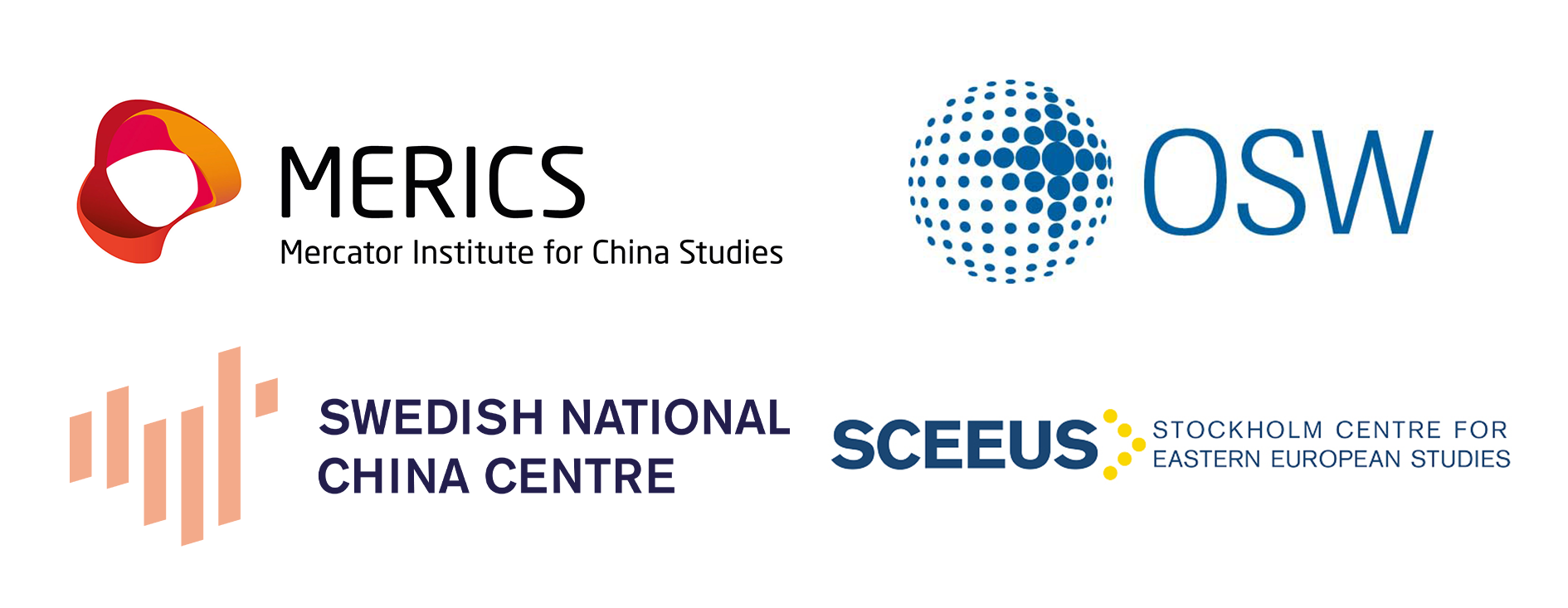

China-Russia trade: asymmetrical, yet indispensable
The current dynamics of the trade relationship between Russia and China highlight the unequal nature of their partnership, says Filip Rudnik in his analysis in his analysis for the China-Russia Dashboard.
For both China and Russia, the steady development of mutual trade seen in recent past years is viewed positively and carries no immediate risks. However, the importance of this cooperation is markedly different for each side, which underscores the structural imbalance in bilateral relations. Nevertheless, the overall beneficial outcome of this exchange strengthens their strategic alliance, which is aimed at dismantling the political domination of the West.
For Russia, ongoing trade with China constitutes a lifeline. It provides Moscow with a crucial outlet for exporting its energy commodities and is a source of industrial goods, fuelling Russian war machine. For China, the relationship is more nuanced. On the one hand, it offers practical benefits, allowing it to buy discounted energy resources and expand its economic footprint. On the other hand, as tensions with the United States grow, the deepening economic ties with its northern neighbour also serve a strategic purpose, ensuring a secure and reliable supply line from a friendly partner.
Raw materials vs. high-value manufactured goods: Trade structure underlines inequality
The very structure of this trade further underlines the inequality between the partners. Russia primarily exports raw materials, while China supplies higher-value manufactured goods. As a result, the total value of trade is closely tied to global energy prices. When those prices fall, so does the value of Russia’s exports - thus, reinforcing the asymmetry. Conversely, fluctuations in China’s exports to Russia reflect the periodic impact of Western sanctions on military and dual-use goods, which are driven by shifts in enforcement intensity and evolving evasion tactics.
The prospects for a continuous increase in Russian commodity exports to China - which remain at the core of their bilateral trade – appear to be somehow limited. The sharp rise in Russian fossil fuel exports to China after 2022, particularly crude oil, was largely driven by Russia’s exclusion from Western markets and China’s readiness to fill the gap. This trade is of utmost importance for Moscow, as the oil and gas sector contributes a significant share of budget revenues, accounting for 30% of total federal income in 2024. Therefore, Russia is seeking to boost its hydrocarbon sales.
Uncertain outlook for Russia’s share in the Chinese fossil fuel market
However, the Chinese market poses both economic and political constraints on the further expansion of Russian exports, as reflected in the slowing growth rate observed in 2024. The uncertain outlook for expanding Russia’s share in the Chinese fossil fuel market stems from Beijing’s energy policy, which prioritizes increasing the domestic supply, electrifying the economy, and maintaining diversified commodity imports — all of which create significant obstacles to the increase in Russian shipments. Perhaps the clearest example of these boundaries is the stalled negotiations over the Power of Siberia-2 gas pipeline. Following Russia’s painful albeit partial exit from the European energy market, China is able to leverage Russia’s weakened bargaining position to demand better terms for the project. These developments additionally illustrate the unequal nature of the relationship.
Being the weaker partner in the relationship, Russia is effectively compelled to accept that China has the upper hand in this domain. While revenues from commodity exports remain crucial for the Russian economy, trade with China holds additional strategic value for the Kremlin - it provides access to dual-use goods that are later employed in its war efforts. Moreover, Beijing provides Russia with technology and consumer goods that replace Western ones, thereby supporting Russia’s economy and internal stability.
Beijing has become Moscow’s most important trade partner
Due to the size of China’s economy along with its powerful industrial output, anti-Western posture and open transport routes with Russia, Beijing has become Moscow’s most important trade partner. It is also seen as a more reliable counterpart in this regard, being less exposed to disruptions from Western sanctions – unlike, for instance, the Central Asian countries or Turkey. Given the Kremlin’s aggressive posture towards the EU and active hostility against Ukraine, this aspect cannot be underestimated from Moscow’s perspective.
Despite its imbalanced nature, trade between Russia and China is largely complementary and reinforced by mutual political support. Both governments view the post-2022 exchange dynamics as evidence of the effectiveness of their partnership, rooted in similarly structured political systems. Their alignment is further strengthened by a shared ambition to challenge the Western-led global order. As deepening economic ties have helped cushion the impact of Western sanctions for Moscow, this strategic convergence has only intensified.
Breakdown in relations or decline in bilateral trade seems unlikely
In light of this, any scenario involving a breakdown in relations or a significant decline in bilateral trade seems highly unlikely - conceivable only in the event of major political upheaval or regime change in either country. If the Western sanctions regime on Russia were to be loosened, Moscow could be expected to gain a stronger bargaining position towards Beijing.
Nevertheless, the depth of mutual economic ties would likely remain unchanged, as they are also a matter of security. Although the importance of the trade relationship differs for each side, it remains strongly beneficial to both. For Beijing, disengagement would be strategically and economically irrational; for Moscow, it could be perilous in terms of the regime’s stability as it would significantly reduce its capacity to wage its war in Ukraine and beyond.
This analysis is part of the China-Russia Dashboard, a collaborative research effort of the Centre for Eastern Studies (OSW), MERICS, and the Swedish National China Centre (NKK) and Stockholm Centre for Eastern European Studies (SCEEUS) at the Swedish Institute of International Affairs (UI). Explore the project here.


